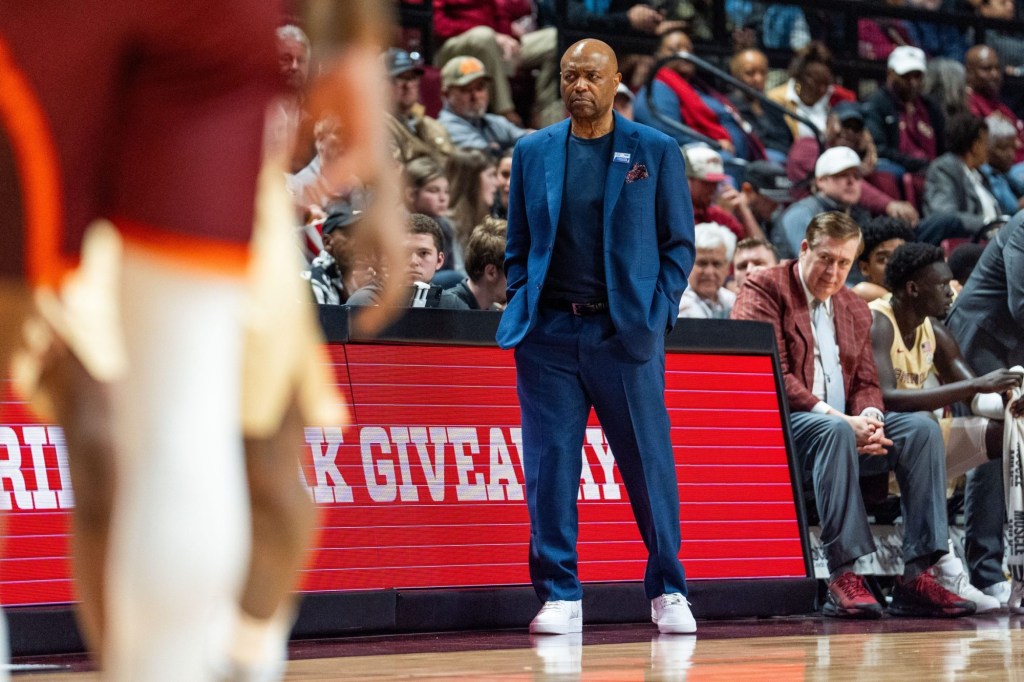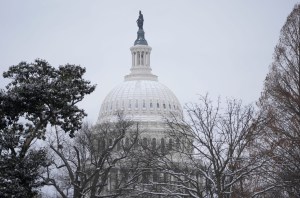This morning, the Big 12’s eight continuing members voted unanimously to invite four schools to join the conference: BYU, Cincinnati, UCF, and Houston.
BYU will join for the 2023 season, Commissioner Bob Bowlsby told reporters. The other three schools might join by July 1, 2023, but will definitely join by July 1, 2024.
As of publishing, Houston and BYU have formally accepted. Press conferences are scheduled for the other two schools and Big 12 officials later in the afternoon.
The move comes less than two months after Texas and Oklahoma announced they will leave for the SEC in 2025 — which sparked a campaign to save the Big 12, including a media blitzkrieg and a trip to the Texas state senate.
Clearly, that survival plan also included searching for powerhouse replacements. Bowlsby told reporters it wasn’t about adding just any schools to the conference. “This is about adding members that are additive and that brings the kinds of synergies…that help every last member of our league get better,” he said.
Of course, the four schools have huge financial incentives for joining the Big 12. In 2019-20, the conference distributed between about $36 million and $40.5 million to its 10 member schools, according to tax filings.
The AAC, the current home to UCF, Cincinnati, and Houston, only provided between $4.4 million and $6.2 million to the three schools, tax filings show.
But initially, the schools will lose some money, too — they’ll have to pay exit fees. The AAC requires schools to give 27 months notice, and charges $10 million, multiple reports have confirmed. If schools want to leave before 27 months, the fee goes up.
BYU plays football independently but the rest of its sports will exit the West Coast Conference, where the exit fee is $500,000 and requires schools to give 12-24 months notice, according to The Athletic.
For now, Big 12 schools may get a smaller cut, given the conference will now have 12 schools instead of 10 when the dust settles. (Texas and Oklahoma must forfeit their conference distributions until they leave in 2025, according to the conference bylaws.)
Bowlsby previously estimated the Big 12 media revenue would be cut in half without Texas and Oklahoma, with each school losing about $14 million. But will the Big 12’s next media deal with four new major football schools make up for that? That remains to be seen.
University of Pennsylvania sports finance expert Karen Weaver told FOS it’s possible — but it depends on how much the conference can innovate. If the schools can create a platform that, say, combines easy viewing with sports betting analytics, “then all of the sudden their revenue’s going to change dramatically,” Weaver said.

















